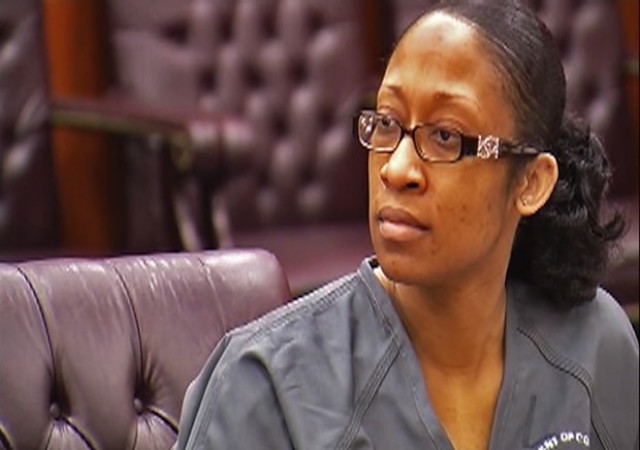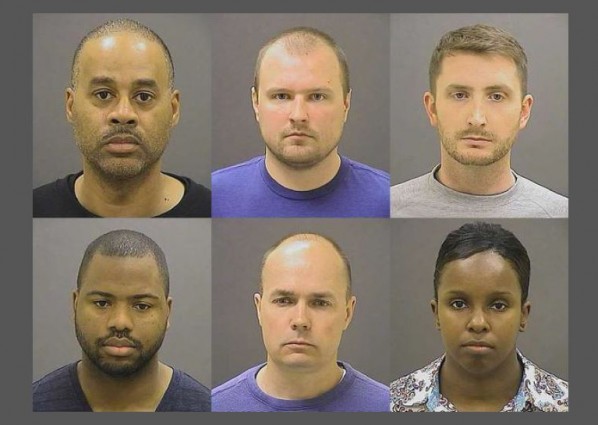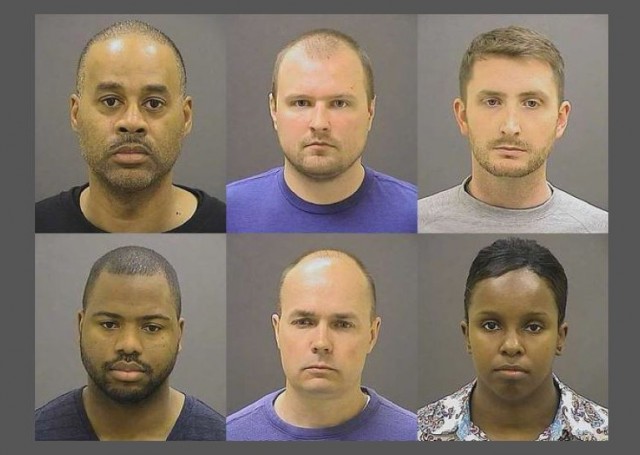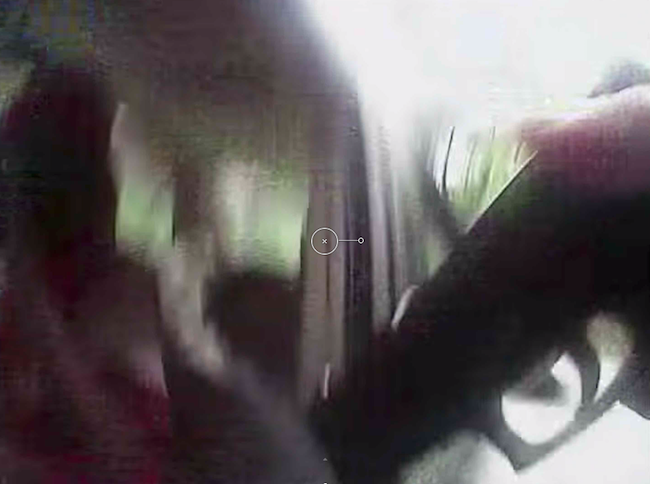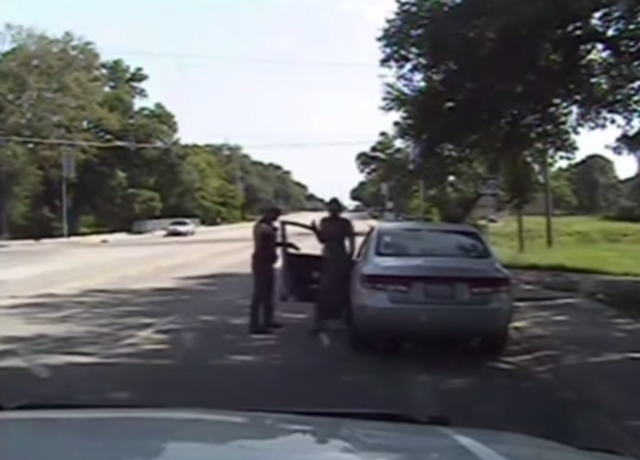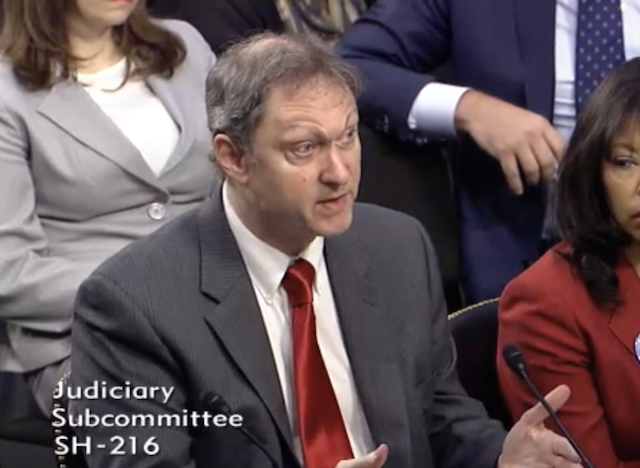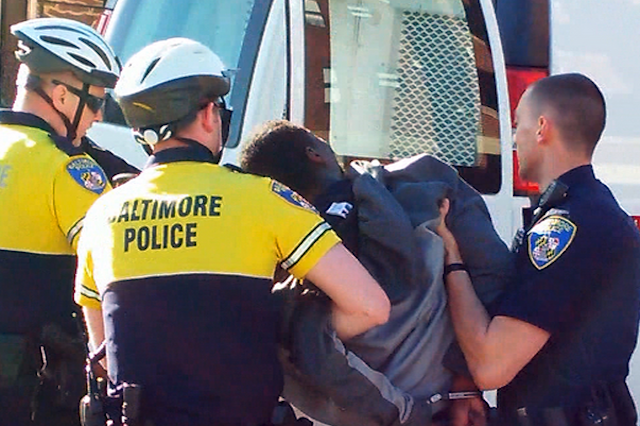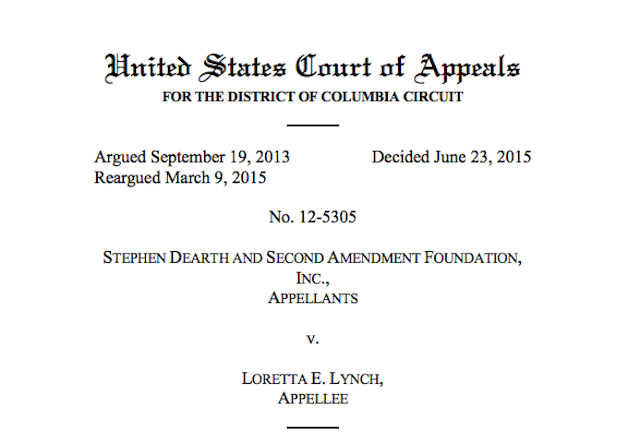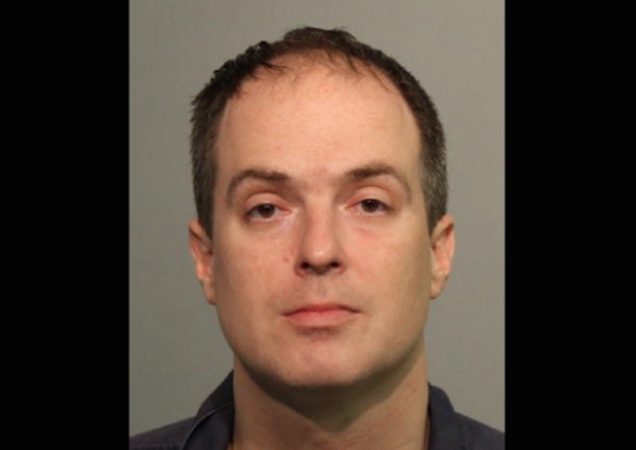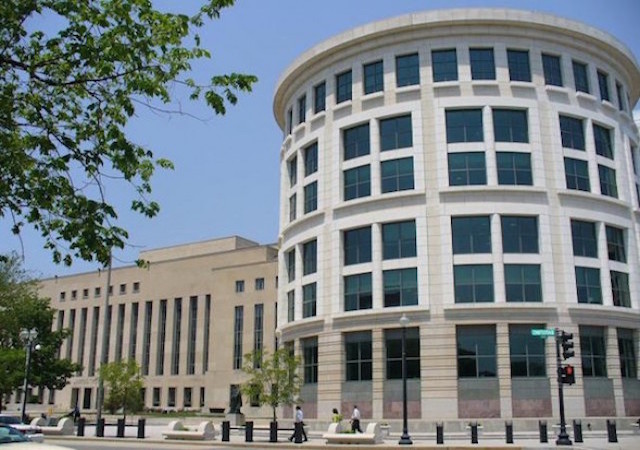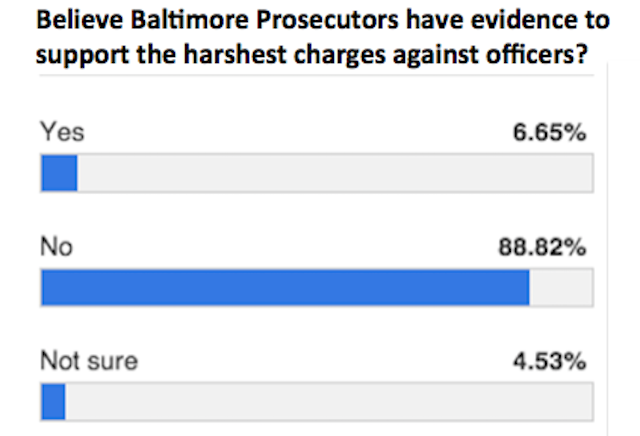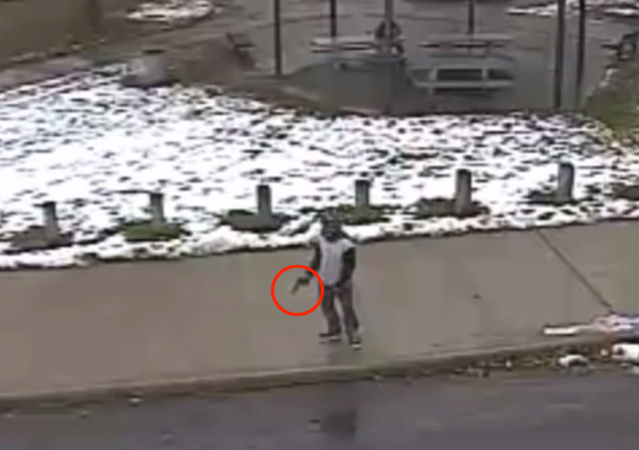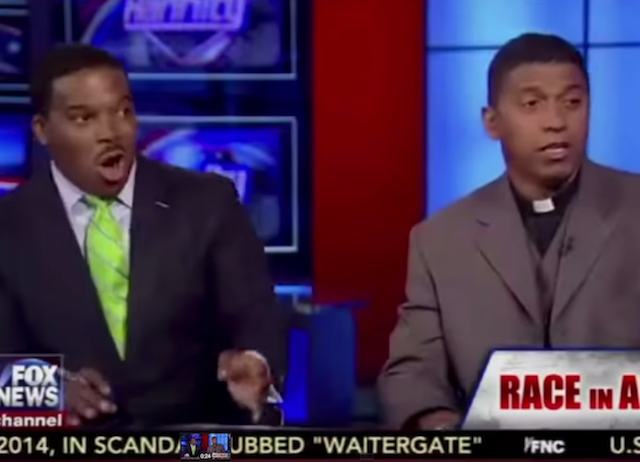Author: Andrew Branca
Andrew Branca
Andrew F. Branca is in his third decade of practicing law in the Commonwealth of Massachusetts. He wrote the first edition of the "Law of Self Defense" in 1997, and is currently in the process of completing the fully revised and updated second edition, which you can preorder now at lawofselfdefense.com. He began his competitive shooting activities as a youth in smallbore rifle, and today is a Life Member of the National Rifle Association (NRA) and a Life Member and Master-class competitor in multiple classifications in the International Defensive Pistol Association (IDPA). Andrew has for many years been an NRA-certified firearms instructor in pistol, rifle, and personal protection, and has previously served as an Adjunct Instructor on the Law of Self Defense at the SigSauer Academy in Epping, NH. He holds or has held concealed carry permits for Massachusetts, Connecticut, Rhode Island, New Hampshire, Maine, Pennsylvania, Florida, Utah, Virginia, and other states.
Freddie Gray Case: Judge rules trials stay in Baltimore
Freddie Gray case: Get ready for six separate trials
Sam DuBose Shooting: Let’s Go to the Video Tape
Sandra Bland Arrest: Another Lesson in Non-Compliance
Concealed Carry: It’s Booming!
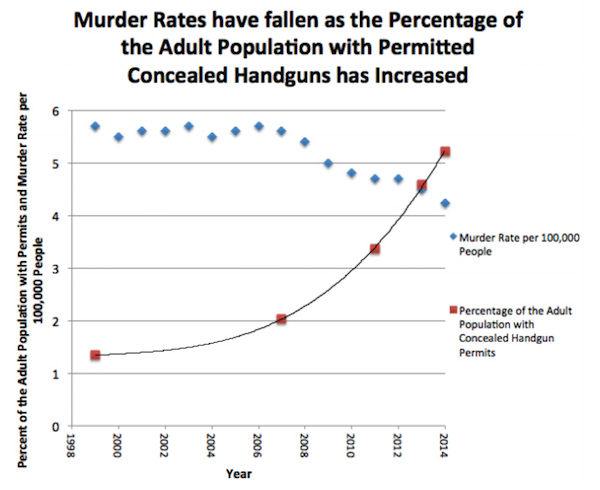 The report revealed a change in demographics behind this ongoing acceleration of concealed carry licensing.
The report revealed a change in demographics behind this ongoing acceleration of concealed carry licensing.
Two Years after Zimmerman Acquittal, Stand-Your-Ground Still in News
Freddie Gray Case: Autopsy report further undermines prosecution
The state medical examiner's office concluded that Gray's death could not be ruled an accident, and was instead a homicide, because officers failed to follow safety procedures "through acts of omission." Though Gray was loaded into the van on his belly, the medical examiner surmised that he may have gotten to his feet and was thrown into the wall during an abrupt change in direction. He was not belted in, but his wrists and ankles were shackled, putting him "at risk for an unsupported fall during acceleration or deceleration of the van." The medical examiner compared Gray's injury to those seen in shallow-water diving incidents.(emphasis added)
Non-resident U.S. citizen granted trial challenging ATF gun ownership restrictions
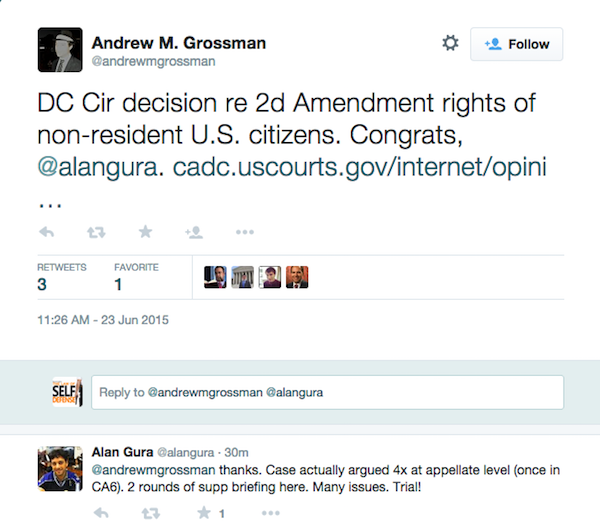 Of course, the case is far from over. Indeed, what Gura has just won after fighting for this case now for more than six years is merely the right to take the case to trial. (The original complaint was filed March 27, 2009, and is also embedded below; indeed, it more clearly sets out the basic facts than does today's ruling)
Of course, the case is far from over. Indeed, what Gura has just won after fighting for this case now for more than six years is merely the right to take the case to trial. (The original complaint was filed March 27, 2009, and is also embedded below; indeed, it more clearly sets out the basic facts than does today's ruling)
Freddie Gray Case: Trial Date Set For Officers
He is a no-nonsense, fair and practical judge who will no doubt control that courtroom, neither state- nor defense-oriented . . . He will not be persuaded by media. He will not be influenced by public sentiment. He will rule as the law will require him to do. Period. There will be no outside influences.That would be refreshing, considering the high-profile basking in the limelight still ongoing by Baltimore State's Attorney Marilyn Mosby, who today is given a fawning profile in Vogue magazine. The caption to her featured image in the Vogue article (photo taken by no less than Annie Liebowitz) reads "“The unrest had nothing to do with my decision to charge,” says Mosby. “I just followed where the facts led.” These facts would, presumably, be the same facts Mosby continues relentlessly to deny the public.
Analysis: Government’s laughable arguments in 9th Circuit 2nd Amendment case
Attempted Murder Charge for Man Who Shot at George Zimmerman
"Our law enforcement community and the State Attorney's Office works vigorously to ensure people may travel our busy streets, going about their business, without fear. Every resident and visitor to Seminole County deserves this freedom," said State Attorney Phil Archer. "My reaction to these charges is a pronounced shrug," Apperson's attorney Michael LaFay told CNN. "I've reviewed the charges and they don't change the facts. The prosecutors have put their heads together and tried to contemplate what could be the most serious charges, but that doesn't really change anything. This is a case of self-defense."
Full 9th Circuit hears “Good Cause” 2A Ruling
Gun Controllers Score Temporary Win in DC
Freddie Gray Case: Prosecutors Withhold Evidence as Discovery Looms
Do you believe the Baltimore prosecutors have the evidence to support the harshest charges against the officers who interacted with Freddie Gray?The results as of the writing of this post? Over 88% responded "No," as shown in the featured image, above. Inspires confidence, no? No.
Cleveland Tries Out Baltimore Justice, Ignores Facts in Tamir Rice Shooting
Indeed, the surveillance video (below the fold, and annotated by the author) clearly shows Rice openly handling an apparent pistol (seemingly spinning it on his finger cowboy-style at the 1:20 mark), placing and removing it from his waistband (e.g., at 2:00 mark), and even apparently pointing the gun-like object at passersby. There are at least 10 occasions captured by the grainy footage of the surveillance video in which Rice is openly displaying the apparent gun in some fashion. To an actual observer at the scene, the handling of the gun would have been far more apparent. When police pulled up to his location, they say Rice immediately reached for the apparent gun in his waistband (highlighted in the photo below, and seen at the 7:27 mark in the video), and they engaged him with defensive fire.
Guests Flabbergasted When Hannity Defends Zimmerman
McKinney Press Conference: the Good, Bad, and Ugly
Donations tax deductible
to the full extent allowed by law.
CONTRIBUTORS
- William A. Jacobson
Founder
- Kemberlee Kaye
Sr. Contrib Editor
- Mary Chastain
Contrib Editor
- Mike LaChance
Higher Ed
- Leslie Eastman
Author
- Vijeta Uniyal
Author
- Stacey Matthews
Author
- Jane Coleman
Author
- James Nault
Author
- Elizabeth Stauffer
Author
- Mandy Nagy
Editor Emerita
- Learn more about the Contributors


